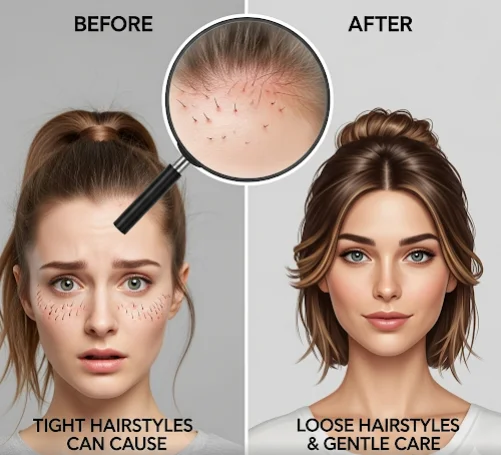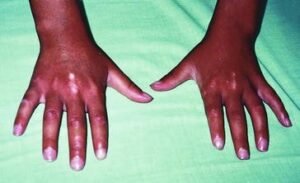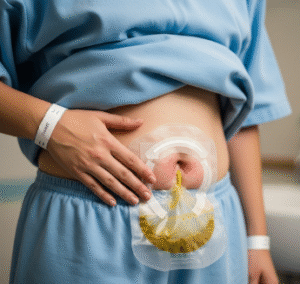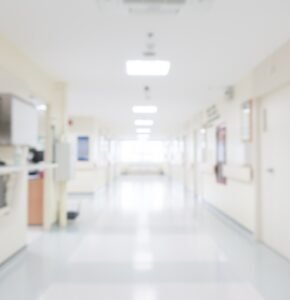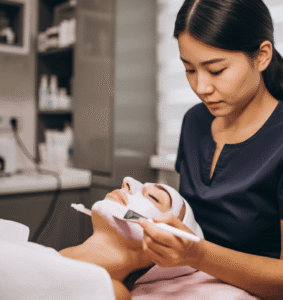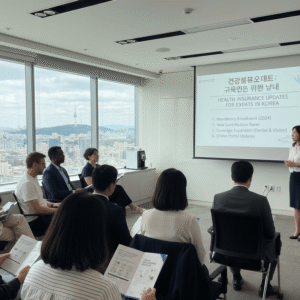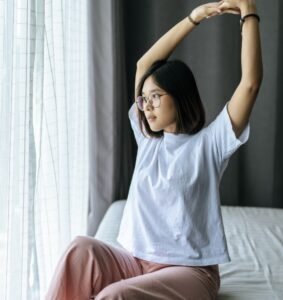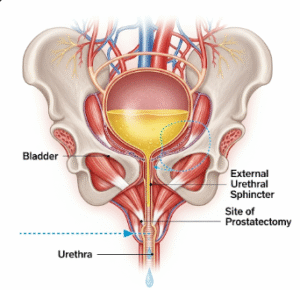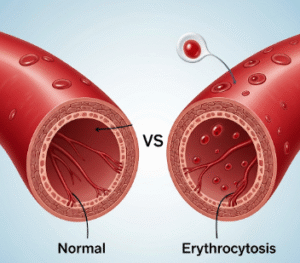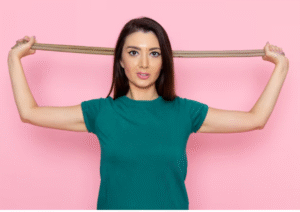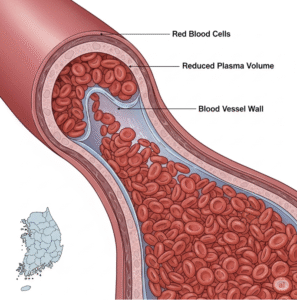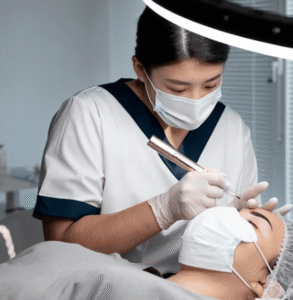What it is
Traction alopecia is a type of hair loss caused by repeated pulling or tension on the hair follicles. Unlike alopecia areata, which is autoimmune, traction alopecia is mechanical and lifestyle-related.
It usually appears around the hairline, temples, and edges of the scalp where tension is greatest. Common causes include:
- Tight hairstyles (braids, ponytails, buns, cornrows, dreadlocks)
- Frequent use of hair extensions, wigs, or weaves
- Chemical treatments (perms, relaxers, straightening) combined with tension
- Repeated use of tight headbands or helmets
💡 The condition is progressive: at first, hair regrows if tension is reduced, but long-term damage can lead to permanent follicle loss.
Why it’s done
Addressing traction alopecia early is critical to prevent permanent hair loss.
✔ To stop further follicle damage by reducing scalp tension
✔ To stimulate regrowth in early stages
✔ To restore a healthy hairline, boosting self-confidence
✔ To maintain scalp integrity and prevent scarring alopecia
✔ To protect hair from breakage, thinning, and long-term weakness
In Korea, traction alopecia is increasingly recognized because tight styling trends and frequent salon visits can contribute to the condition.
Alternatives
If immediate clinical treatment isn’t chosen, some alternatives and self-care steps may help:
➡️ Change in styling – Switch to looser hairstyles, avoid constant ponytails or braids.
➡️ Protective hairstyles – Loose buns, natural hair, or short styles that reduce scalp tension.
➡️ Haircare adjustments – Avoid chemical relaxers, limit heat styling, and use silk scarves/pillows.
➡️ At-home scalp massage – Improves circulation and follicle health.
➡️ Nutritional support – Supplements with biotin, iron, vitamin D, and omega-3 fatty acids.
In Korea, many people also incorporate K-beauty scalp care products such as nourishing ampoules, herbal shampoos, and scalp tonics to maintain follicle health.
Preparation
Before beginning treatment for traction alopecia, preparation involves:
- 🔹 Dermatology or trichology consultation → To confirm traction alopecia (not alopecia areata or telogen effluvium).
- 🔹 Scalp imaging → Digital magnification used in Korean clinics to check follicle damage.
- 🔹 Hairstyle history review → Evaluating long-term styling habits.
- 🔹 Medical screening → To rule out other causes of hair loss (hormonal, autoimmune, nutritional deficiencies).
- 🔹 Behavioral preparation → Commitment to adjusting hairstyling practices.
How it’s Done
Treatment for traction alopecia in Korea is multi-layered, combining medical, cosmetic, and lifestyle interventions:
- Lifestyle & Styling Modifications
- Immediate change to looser hairstyles.
- Avoidance of heavy extensions, chemical relaxers, or repetitive styling stress.
- Topical Treatments
- Minoxidil (Rogaine) is commonly prescribed to stimulate follicle activity.
- Korean clinics may add herbal scalp solutions with ginseng, green tea, or peptides.
- Injections & Medical Therapies
- Corticosteroid injections if inflammation is present.
- PRP (Platelet-Rich Plasma) therapy to stimulate regrowth in early stages.
- Laser & Light Therapies
- Low-Level Laser Therapy (LLLT) to improve scalp circulation and follicle recovery.
- Scalp Care Programs
- Korean dermatology integrates scalp scaling, hydrating ampoules, and nourishing masks to restore balance.
- Surgical Options (Advanced Cases)
- Hair transplantation may be recommended if scarring has destroyed follicles.
- Korea is renowned for natural-looking hairline transplants, often chosen by patients with advanced traction alopecia.
Recovery
Recovery depends on the stage of traction alopecia:
➡️ Early stage – Hair regrows within 3–6 months after removing tension and starting topical or PRP treatments.
➡️ Moderate stage – Visible improvement in 6–12 months with medical therapies and scalp care.
➡️ Severe or scarring stage – Only hair transplant surgery can restore hair in bald patches.
Korean clinics support recovery with:
- Regular scalp check-ups using imaging tools
- Hydrating scalp essences and barrier-repair treatments
- Counseling on safe hairstyling practices to prevent recurrence
Complications
If traction alopecia is ignored or improperly treated, complications may occur:
⚠ Risks include:
- Permanent hair loss due to follicle scarring
- Widening hairline and thinning edges
- Emotional distress and self-consciousness
- Poor results from transplantation if scalp health isn’t restored first
💡 In Korea, complications are minimized by early intervention and non-invasive therapies, reserving surgery for irreversible cases.
Treatment Options in Korea
Korea is a global hub for hair and scalp care, making it an ideal place for traction alopecia management.
🇰🇷 Popular Korean Approaches:
- Scalp scaling therapy to cleanse buildup and improve circulation
- PRP (Platelet-Rich Plasma) injections for follicle stimulation
- Laser/light therapy for non-invasive regrowth support
- Customized K-beauty scalp serums and shampoos for long-term care
- Hair transplantation (FUE or FUT) in severe cases, with natural Korean hairline design expertise
✅ Final Thoughts
Traction alopecia advice in Korea emphasizes early detection, scalp health restoration, and long-term prevention. Patients are encouraged to change hairstyling habits immediately, while clinics provide topical solutions, PRP, laser therapy, and advanced transplants if needed.
By blending medical dermatology with K-beauty scalp wellness, Korea offers some of the most comprehensive and effective solutions worldwide, ensuring patients not only regain their hairline but also their confidence.

